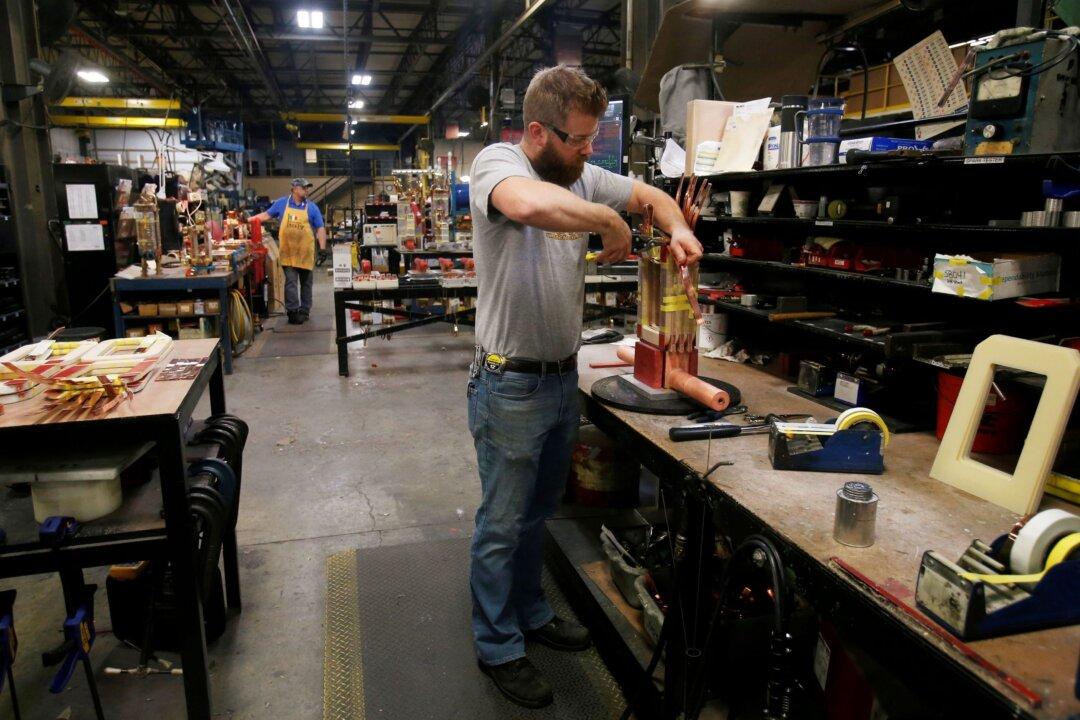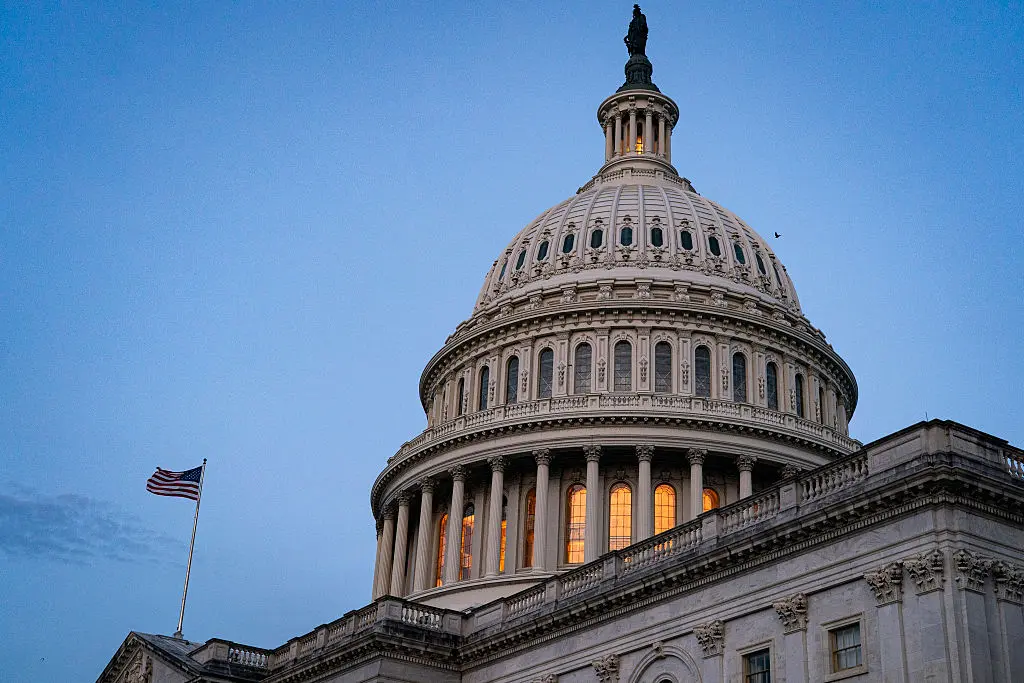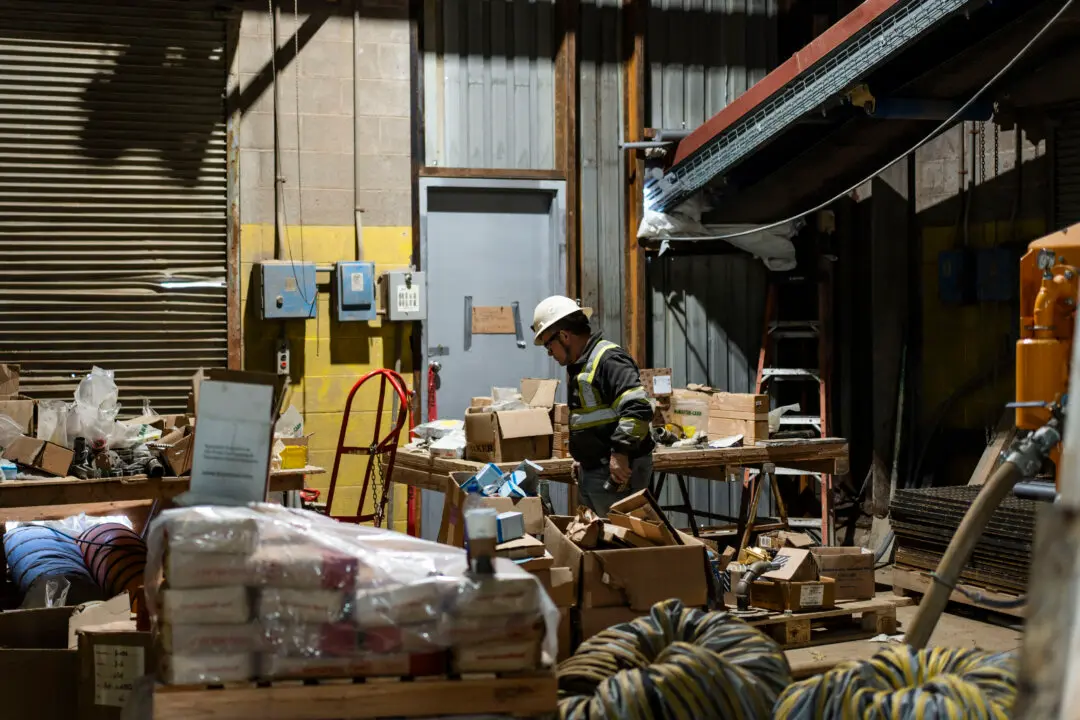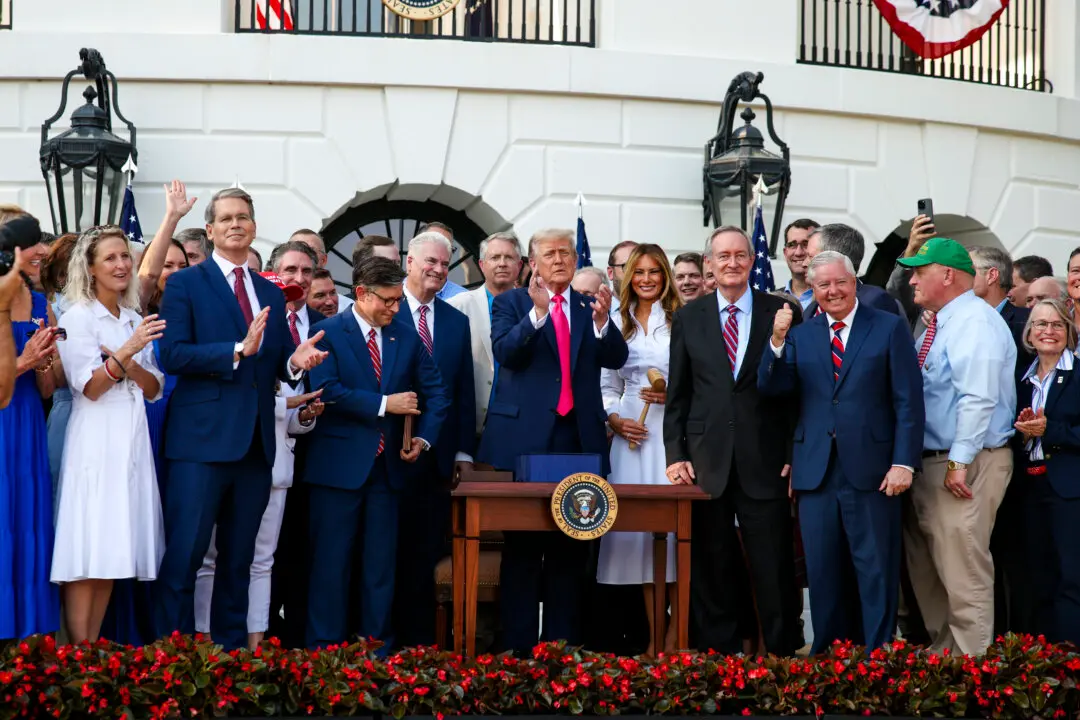The cost of hiring new employees and retaining existing ones rose in 2021 at its fastest pace in 20 years, according to new Labor Department figures, which provide a fresh data point on the inflationary pressures that have gripped the U.S. economy and sent the Fed scrambling to dial back its loose monetary settings.
The Labor Department said in a Jan. 28 statement (pdf) that the U.S. Employment Cost Index (ECI) for civilian workers, which is the broadest measure of labor costs, jumped by 4 percent in 2021 compared to 2020. That’s the highest reading in the year-over-year measure since 2001. By comparison, the full-year ECI for civilian workers rose by 2.5 percent in 2020.





